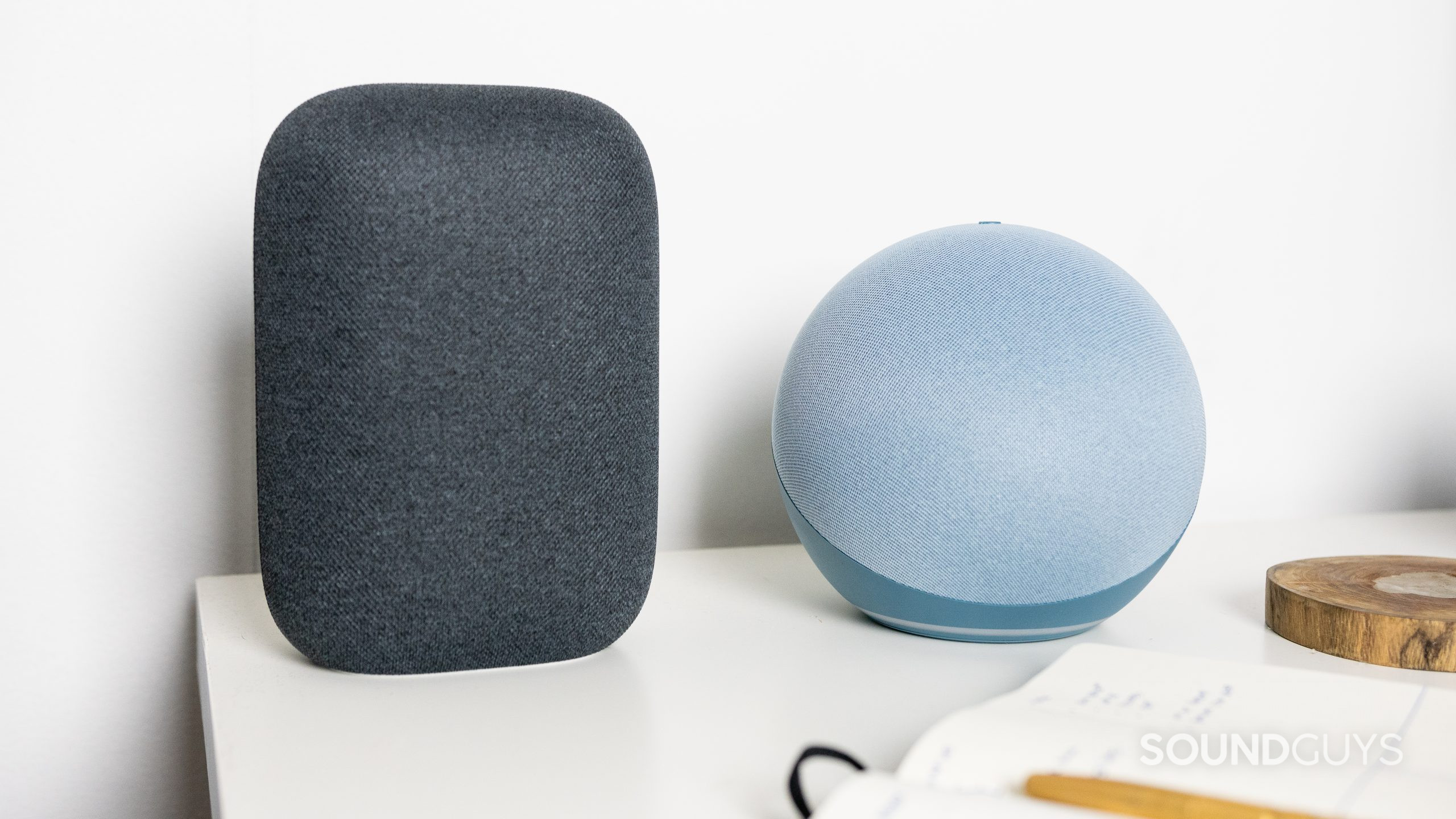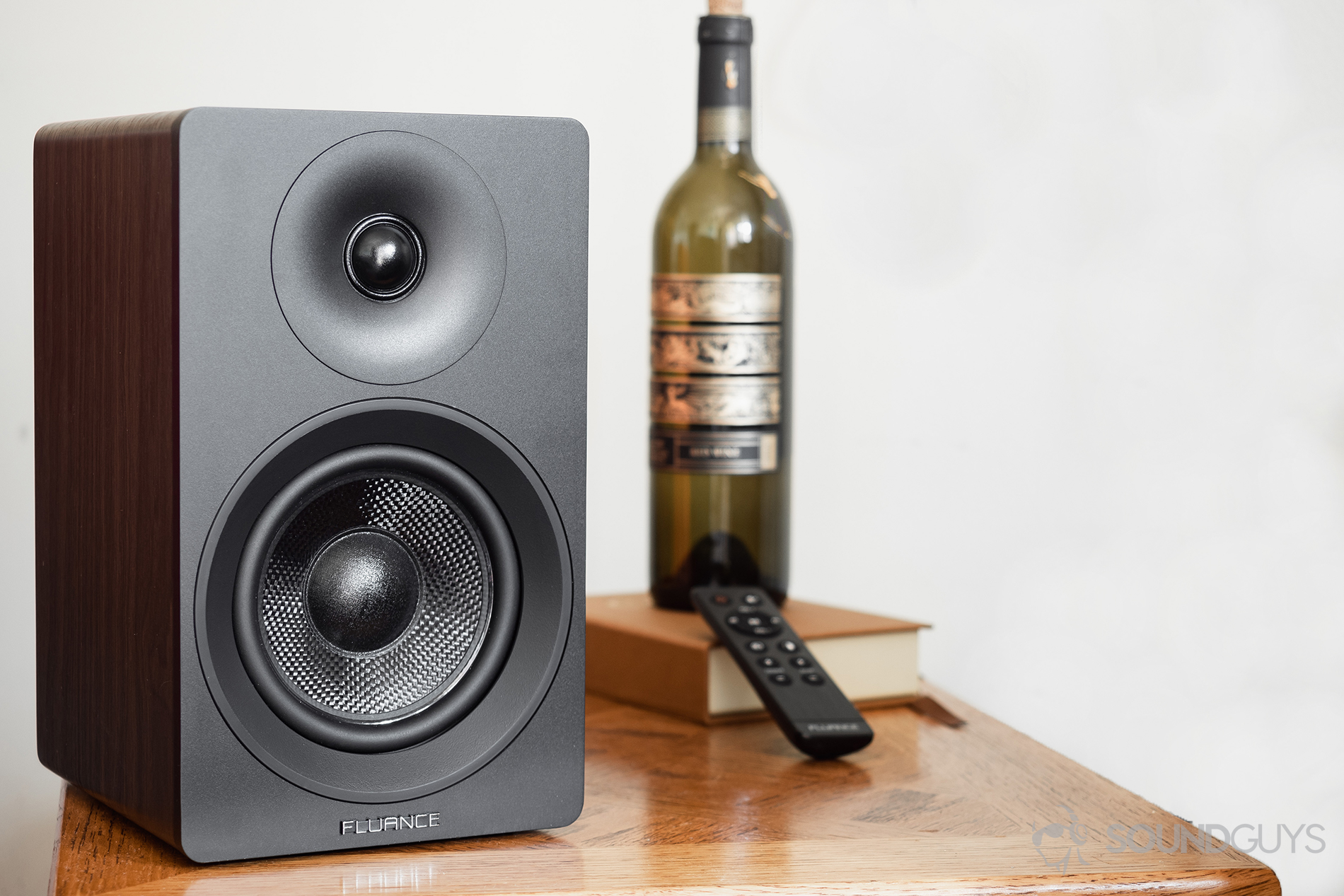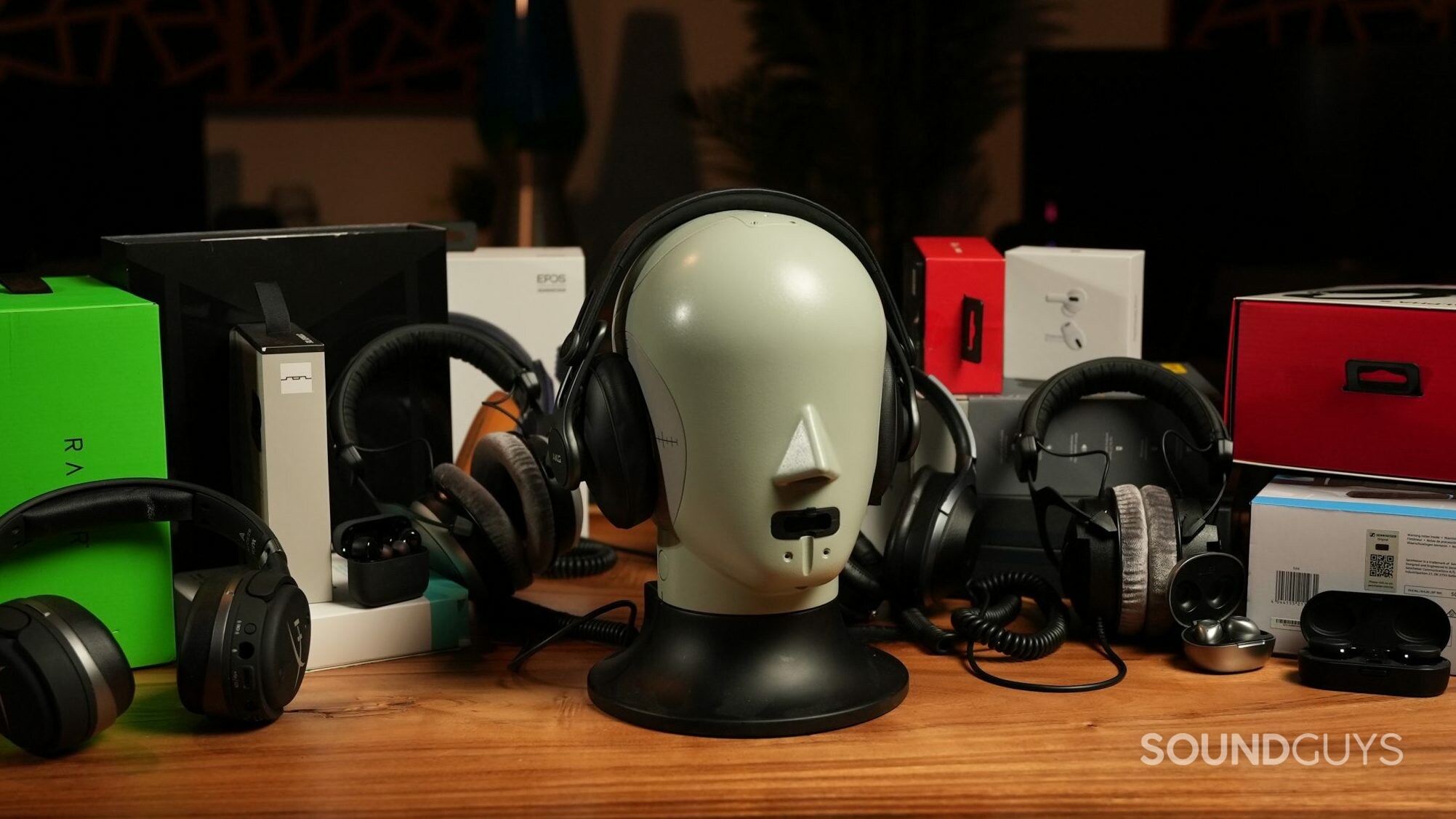All products featured are independently chosen by us. However, SoundGuys may receive a commission on orders placed through its retail links. See our ethics statement.
A new approach to talking about sound
Published onJune 28, 2022

To misquote an increasingly popular Disney character: you’ll have to look hard to find a more wretched hive of scum and villainy than the world of hi-fi and headphone reviews. Putting it politely, the prose used in mainstream audio product reviews could be described as pseudoscientific at best, or as nonsensical rambling at worst. Shibboleths and clichés abound.
Why do audio reviews often look a lot like marketing copy?
What’s particularly frustrating is that reviewers will often use the same terms and phrases to describe a product’s sound as you’ll see in the product’s marketing materials, terms that by and large are intentionally unquantifiable. I have lost count of the number of times I’ve seen loudspeakers advertised, promoted, and reviewed as having “room-filling sound.” Okay, what does that mean exactly, that sound from the speaker can be heard from any point in the room? That’s not really a high hurdle to clear. Why aren’t headphones sold as having “head-filling sound”?

Further, products can receive praise for their “muscular yet controlled bass,” “airy midrange,” and their “textured but smooth treble.” You might read about “harmonic textures, insight, refined soundstage, and incredibly lush liquidity.” Does any of this actually mean anything? Not really—certainly not with any specificity.
You also might start to notice that the language of audio reviews has a lot in common with wine tasting notes, as well as a culture that is not welcoming to the novice. The problem is not necessarily the reader’s lack of familiarity with the words themselves, it’s just that they have no defined or widely agreed upon meaning in the context they’re being used. Even those “in the know” probably don’t know exactly what’s being said in a typical review.

The language used in audio equipment reviews is often vague to the point of being meaningless, and seemingly driven by creating the illusion that high-fidelity sound reproduction is some kind of dark art accessible only to those who have piles of cash to burn. While the creation of sound for our listening pleasure does involve elements of both art and technology, that doesn’t mean qualifying the playback performance is outside the realm of scientific purview.
Everyone hears things slightly differently, and that’s one of the many reasons why our loudspeaker, microphone, and headphone reviews are written by human beings who have spent time using the product. We express opinions and describe our experiences, including our impressions of the sound reproduction. What has admittedly been a struggle is applying the same scientific rigor to the wording of our reviews as we’ve been attempting to apply to the data we collect through our objective tests.
What’s so hard about describing sound?

Describing sound can be problematic. As we’ve made clear in the past, SoundGuys has always set out to avoid undefined, obtuse, or obscure terms that can cause confusion and misunderstanding. To this end, our editors work hard to ensure what we publish is as clear and understandable as possible, for everyone, and have been looking at ways to improve this process. Wouldn’t it be great—we thought—if a group of appropriately qualified, scientifically-minded individuals were to sit down and formulate a set of terms that could be agreed upon as the basis for describing the characteristics of sound?
Fortunately for us at SoundGuys (and for you) this did actually happen. There already exists a defined lexicon, built specifically for the purpose of assessing audio systems and devices, detailed in an International Telecommunication Union (ITU) standard, released in 2017. Its full title is ITU-R BS.2399-0 “Methods for selecting and describing attributes and terms, in the preparation of subjective tests,” and details within its pages a consensus vocabulary. It’s free to view and download here.
What’s a consensus vocabulary, and how is it helpful?

Consensus vocabularies are employed widely in the field of sensory science. Basically, the goal is to define a list of characteristics, agreed upon by consensus, allowing detailed characterization of the perceived differences between the products being tested—it’s worth noting though, that it’s a “consensus of experts,” not necessarily a consensus of everyone!
a list of characteristics, agreed upon by consensus, allows a detailed characterization of perceived differences between products
We spent some time reworking the wording used to explain some of the terms (without modifying the underlying definition) to make them as concise and consistent as possible for use on this website. And so, this year we are going to take a big step and begin to make reference to these definitions when describing the sonic characteristics of products we review. The definitions will become visible when you hover over the terms in the text, so you, the reader—novice or audiophile—can easily follow along.
Can standardized language make for better headphone reviews?

We believe that implementing this approach will improve our reviews—specifically for more enthusiast-orientated products—and allow us to write clearly about more aspects of what we’re hearing. Much like when we selected and adopted the B&K 5128 as our headphone measurement platform in late 2020 (as one of the first audio review sites to do so), and established our own in-house headphone preference curves, it’s a bold move, but one that is necessary. We take our role as your guide to personal audio (and beyond) very seriously, and are dedicated to improving our site in all the ways we can. Hopefully, you’ll appreciate this attempt at improving our coverage in the audio product review space, and we’d like to encourage all reviewers out there to join us on this mission!